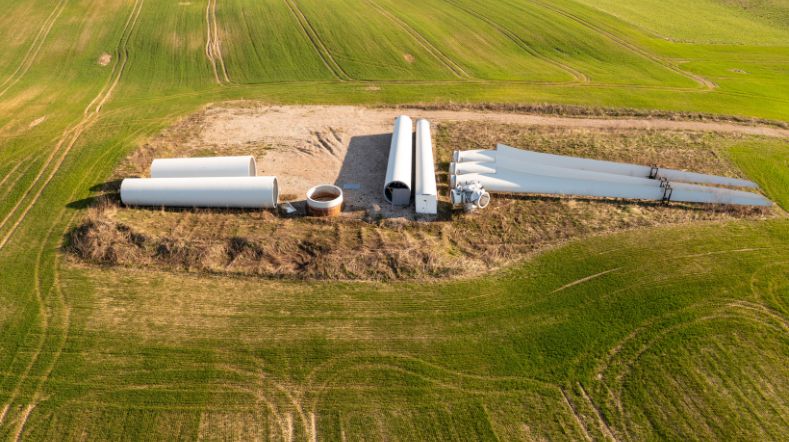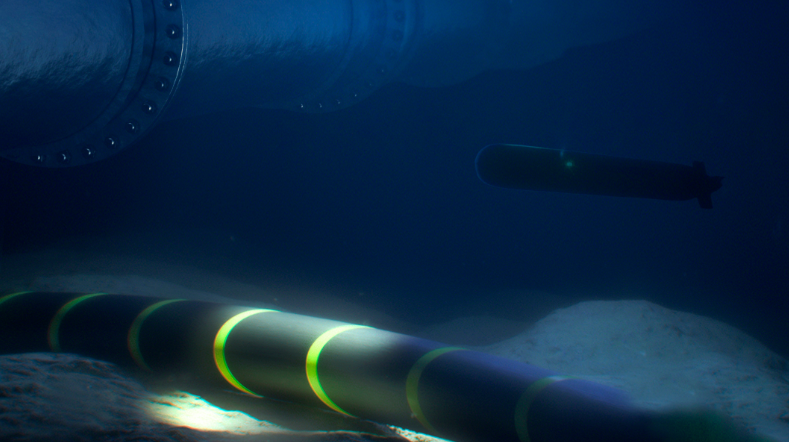
Offshore wind conditions
For the construction of offshore wind farms, developers need a thorough knowledge of the wind conditions at the proposed wind farm location. These conditions are essential to establish the energy yield which underpins the business case. This information is also required for the optimal design of wind farms. Large turbines are subjected to heavy and irregular wind loads. TNO is gaining a lot of insight into wind conditions at the North Sea through its long-term wind measurements at different altitudes.
Measuring wind at the North Sea
TNO carries out long-term meteorological measurements at the North Sea. The results help developers design their offshore wind farms in the most efficient way. New knowledge is constantly needed regarding wind behaviour in particular locations, and the forces it exerts on the structure and the blades. We carry out these measurements at four offshore platforms: Lichteiland Goeree (LEG), Europlatform (EPL) and production platforms K13a and L2-FA-1. These are carried out using (laser-based) LiDAR measurement systems which provide measurements up to an altitude of 300 metres.
The data supports the business case for developers competing to build future offshore wind farms. Data from measurements can improve the predicted yield by a few percentage points, making financing more advantageous. In 2023, a fourth monitoring site was commissioned north of the Wadden Islands.
Enhancement of wind energy at sea
In the context of support for further rollout of offshore wind energy, TNO carries out multi-year wind measurements on various platforms in the North Sea, on behalf of the Ministry of Economic Affairs and Climate.
DOWA: Dutch Offshore Wind Atlas
TNO, KNMI and the Delft-based company Whiffle have jointly compiled a wind atlas, called Dutch Offshore Wind Atlas (DOWA). It contains detailed information about the wind across the North Sea, at unprecedented level. DOWA provides wind speed and wind direction up to an altitude of 600m, at a spatial resolution of 2.5 squared kilometres and at every hour. DOWA wind information is available from 2008 until 2018. Together with the wind measurements it provides a very good basis for developing offshore wind farms.
TNO has specific expertise of the wind conditions which may affect wind turbines and wind farms, and the Dutch Met Office contributes its own specialist knowledge using weather models. Whiffle has developed software which is able to calculate local wind information to an extremely high resolution.
Based on improved models and methodology, the new atlas provides more accurate wind information at a higher resolution and at altitudes of up to 600 metres. TNO has validated the atlas using accurate wind measurements from offshore meteorological masts, LiDARs on platforms, floating LiDARs, and from satellites and aircraft. This will enable a better understanding of the conditions which affect offshore wind energy, especially at higher altitudes.
Get inspired
First study on public perception of wind turbine circularity


Wind energy webinars

X-ray drone technology and digital twin to detect sub-surface defects within turbine blades


TNO develops detection system to protect cables and pipelines on seabed


Reduce Europe’s dependence on Chinese wind power and electrolysers


